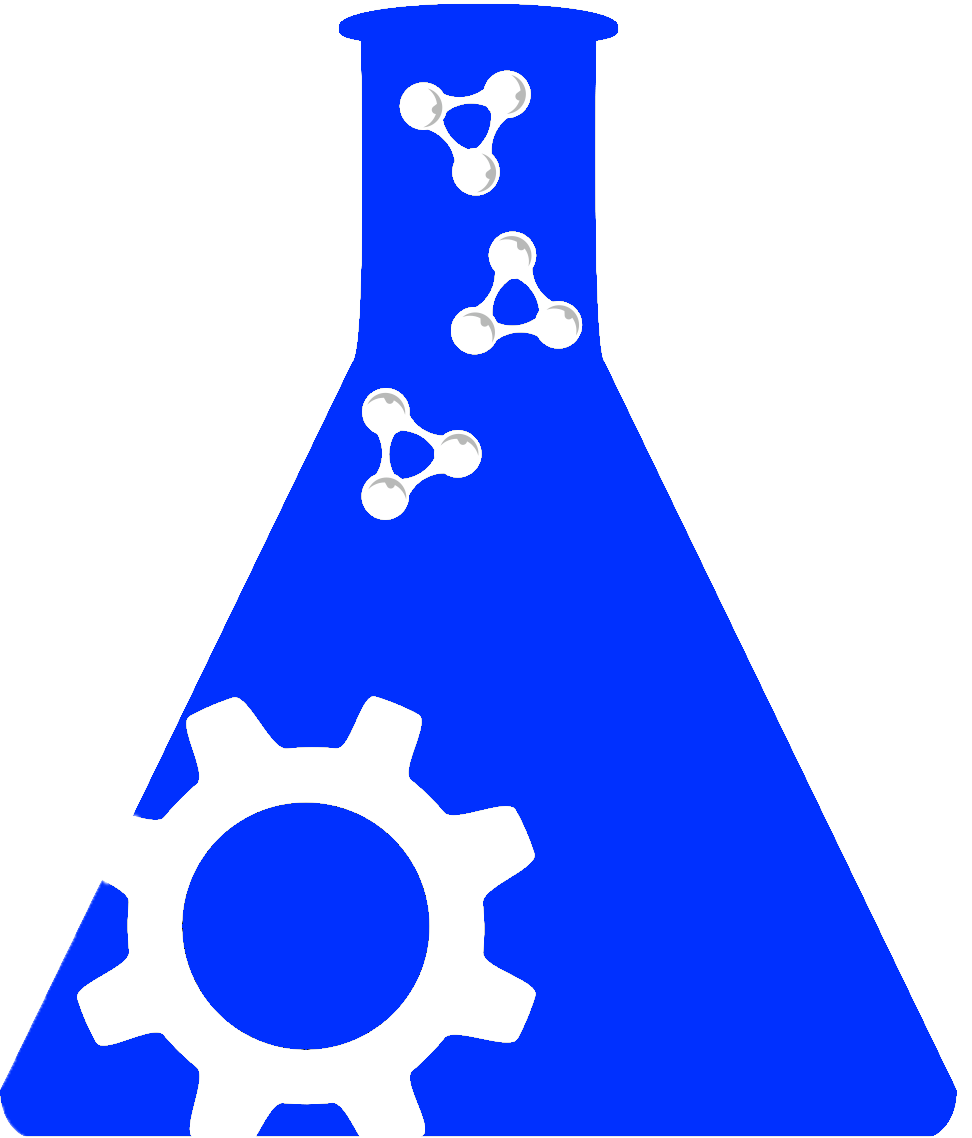Searching across hundreds of databases

Are you sure you want to leave this community? Leaving the community will revoke any permissions you have been granted in this community.
URL: http://www.rockefeller.edu/biolad-db/
Proper Citation: BIOLAD-DB (RRID:SCR_009131)
Description: Software application that is a research bioinformatics system for inputting, validating, organizing, archiving, analyzing, and processing of complex clinical and genetic data. The database schema employs design principles for handling complex clinical information, such as response items in genetic questionnaires. Data access and validation is provided by the BiolAD-DB client application, which features a data validation engine tightly coupled to a graphical user interface. Data integrity is provided by the password protected BiolAD-DB SQL compliant server database. BiolAD-DB tools further provide functionalities for generating customized reports and views. (entry from Genetic Analysis Software)
Abbreviations: BIOLAD-DB
Resource Type: software resource, software application
Keywords: gene, genetic, genomic, python, ms-windows
Expand Allis listed by |
We found {{ ctrl2.mentions.total_count }} mentions in open access literature.
We have not found any literature mentions for this resource.
We are searching literature mentions for this resource.
Most recent articles:
{{ mention._source.dc.creators[0].familyName }} {{ mention._source.dc.creators[0].initials }}, et al. ({{ mention._source.dc.publicationYear }}) {{ mention._source.dc.title }} {{ mention._source.dc.publishers[0].name }}, {{ mention._source.dc.publishers[0].volume }}({{ mention._source.dc.publishers[0].issue }}), {{ mention._source.dc.publishers[0].pagination }}. (PMID:{{ mention._id.replace('PMID:', '') }})
A list of researchers who have used the resource and an author search tool

A list of researchers who have used the resource and an author search tool. This is available for resources that have literature mentions.
No rating or validation information has been found for BIOLAD-DB.
No alerts have been found for BIOLAD-DB.
Source: SciCrunch Registry